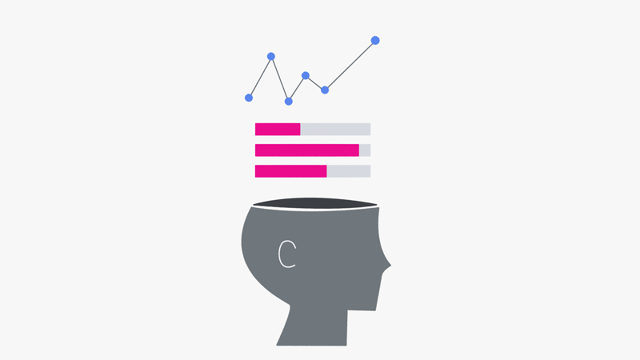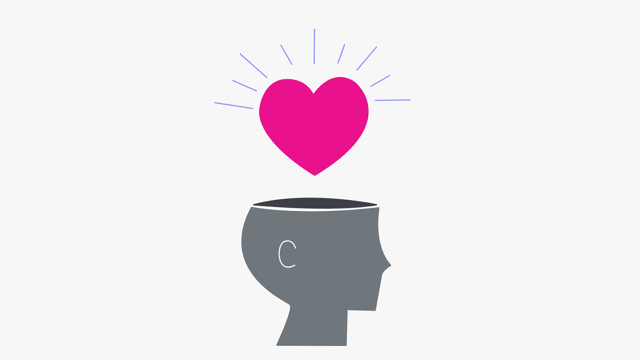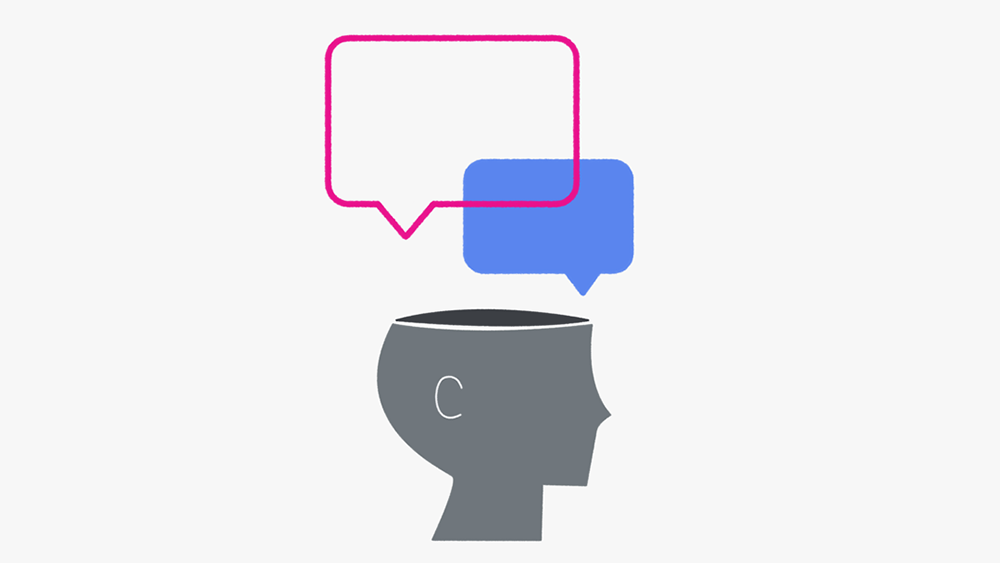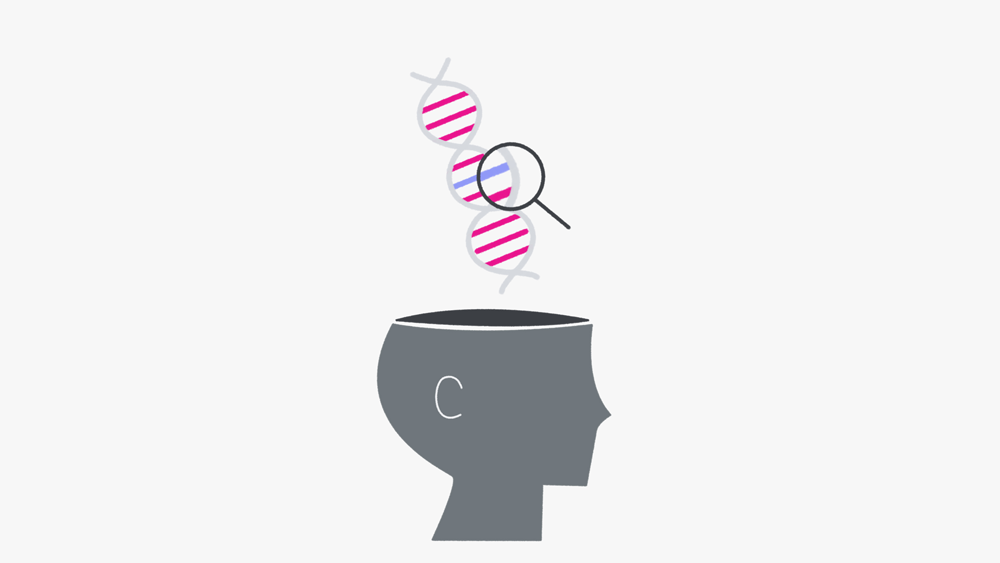As artificial intelligence gains ground, designers will need to adapt. Here’s how to get started.
Artificial intelligence is a $15 billion dollar industry and growing. With more than 2,600 companies developing intelligent technology, the value of AI is expected to rise to more than $70 billion by 2020. And it’s not just attracting the tech giants: USAA is using AI to protect its users from identity theft, and Under Armour has connected its health app, MyFitnessPal, to IBM Watson so users can get a more thorough read of their health.
For designers, that represents a major business opportunity. But AI is also a challenge requiring every strength and skill they’ve learned and many they haven’t. They will have to understand sociology, psychology, and biology. They will have to develop a working knowledge of statistics. Creativity and attention to detail—designers’ stock in trade—won’t be enough. Here’s what designers will need to adapt. Think of it as a study guide to the design jobs of the future.
WHY ARTIFICIAL INTELLIGENT IS A POWERFUL DESIGN TOOL
First a word on why designers should embrace artificial intelligence in the first place. The best designers know that they need to study human behavior if they want to make the right choices for their users. But historically, designers could only make decisions that were good for the masses some of the time, rather than best for individuals all of the time. Artificial intelligence changes that.
It allows designers to cater to, and anticipate, individual users’ needs. Think about bathroom mirrors that adjust a room’s lighting based on stress levels or educational robots that edit a child’s tutoring plan based on his attention span and frustration level. With AI, products and services aren’t just performing basic functions; they’re emotionally aware, letting designers create the best experience for each user.
TIME TO ENROLL IN SOME EVENING CLASSES
Most design education includes some exposure to the liberal arts. But designing with artificial intelligence requires deeper knowledge stores.

Math: Boatloads of data are being created nonstop in a mobile- and sensor-driven world. Disciplines such as statistics, data mining, and data science are brought in to make sense of the numbers and give decision-makers important context. The tech community is focused on machine learning—teaching machines how to make decisions—and designers will need to understand these methods

Psychology: The way an AI system communicates with users at 2 p.m. should be different from the way it talks to them at 2 a.m., taking into account the unusually late time and understanding that the users are likely frustrated because they can’t sleep, playful because they’ve been drinking, or panicked because there’s been an emergency. Designers have to understand the many ways users might react in different scenarios and how they will express their intention depending on factors like their mood, location, and what they ate that day. That requires a deep understanding of human psychology.
One of an AI system’s biggest faults is its ability to upset users. People are much less likely to forgive machines than they are to forgive each other. AI that has timely, appropriate responses—with the AI quickly and correctly understanding the user’s request or intent in the context of their surroundings and emotional state—will be key.

Sociology: Designers will need to consider when and if AI systems should be considered a part of society. Will there be a distinction between systems with a name—such as Siri, Cortana, and Alexa—and those that represent individual brands? What about intelligent environments? Will we let different AIs communicate with each other? Will a network of AI systems become a society of its own, with a way of communicating that is shaped by the people using and relying on it? AI has the potential to fundamentally change how society functions. As such, it’ll be crucial for designers to understand sociological theories and and weave those best practices into smart systems.

Biology: Through synthetic biology—a practice by which scientists alter the DNA of living organisms—designers and architects are already exploring how to use natural materials to manufacture clothing and construct buildings. AI will take synthetic biology even further, allowing for life forms that grow and change through machine learning. Take Ginkgo Bioworks, a startup that uses robotics to engineer designer genes. The company recently raised $100 million to expand its business. One of its current clients, a fragrance company, has tasked Ginkgo with growing rose oil so that the company can stop squeezing oil from real roses.
As the line between AI and natural life blurs, designers will be tasked with using living organisms to create smart objects and environments. A deep understanding of biology and its ethics will be key.
KEY RESOURCES
Read:
- A breakdown of how AI relates to other fields
- Experts predict what the Internet will look like in 2025
- AI systems are undergoing behavioral psychology tests
- How brands are using AI to create better customer experiences
Listen:
- Studio 360 on the creativity of computers
- The power of design by TED Radio Hour
- The evolution of thinking machines by the Aspen Ideas Festival
Watch:
- Rana el Kaliouby on tech that can sense your emotions
- Nick Bostrom on designing machines that are smarter than humans
- Sean Follmer on designing shape-shifting objects
- Neri Oxman’s work at the intersection of technology and biology
Follow:
- Martin Ford, author of Rise of the Robots: Technology and the Threat of a Jobless Future
- Paola Antonelli, senior curator of architecture and design at the Museum of Modern Art
- Angelica Lim, software developer for Pepper the Robot.
- Andrew McAfee, codirector of MIT’s Initiative on the Digital Economy and co-author of The Second Machine Age
This article was adapted with permission from Huge. Read the original here.
This article first appeared in www.fastcodesign.com
